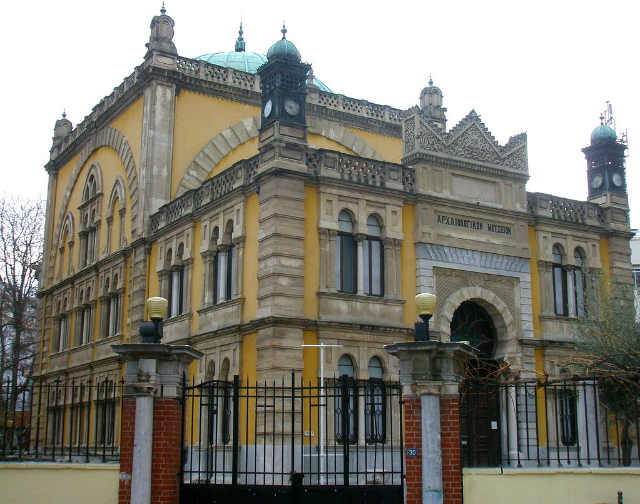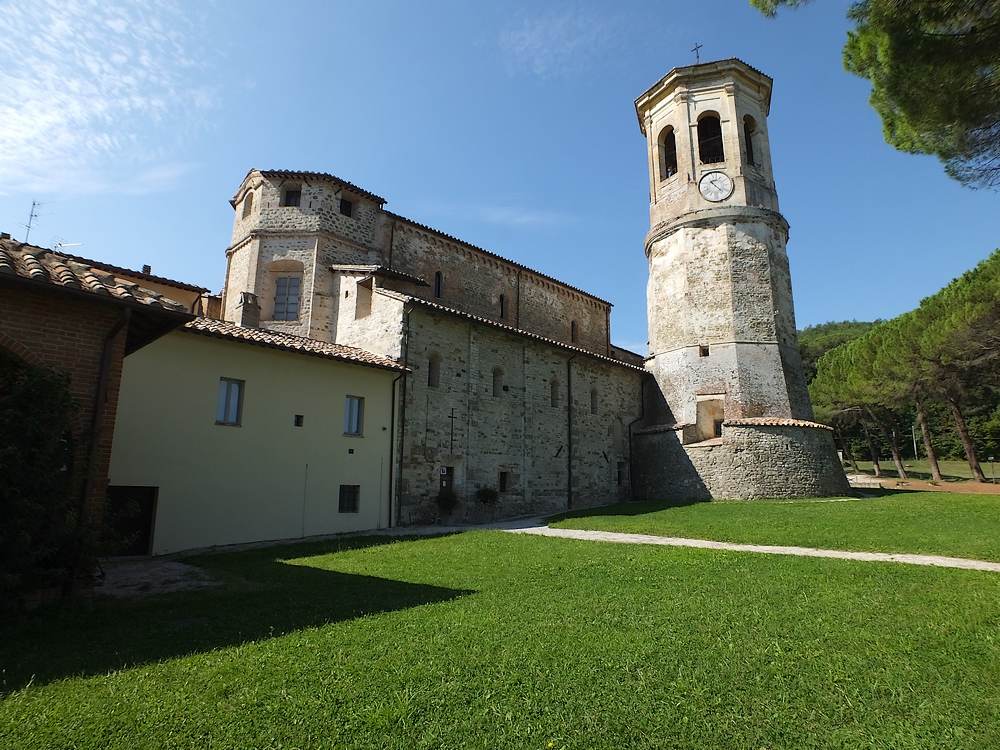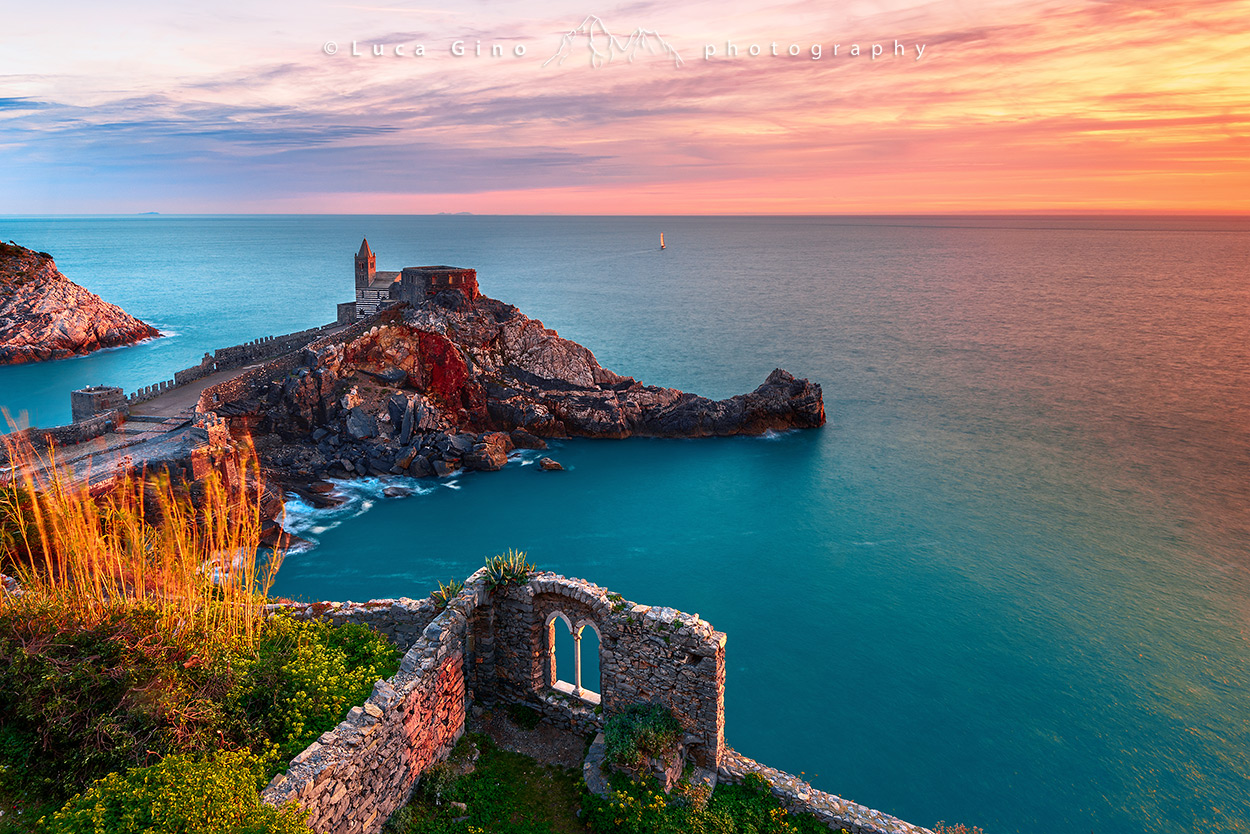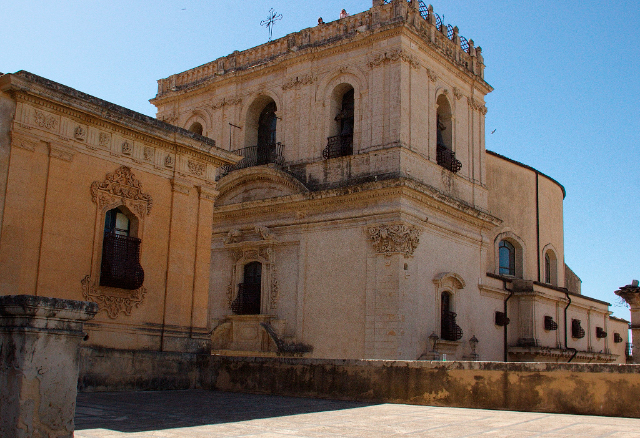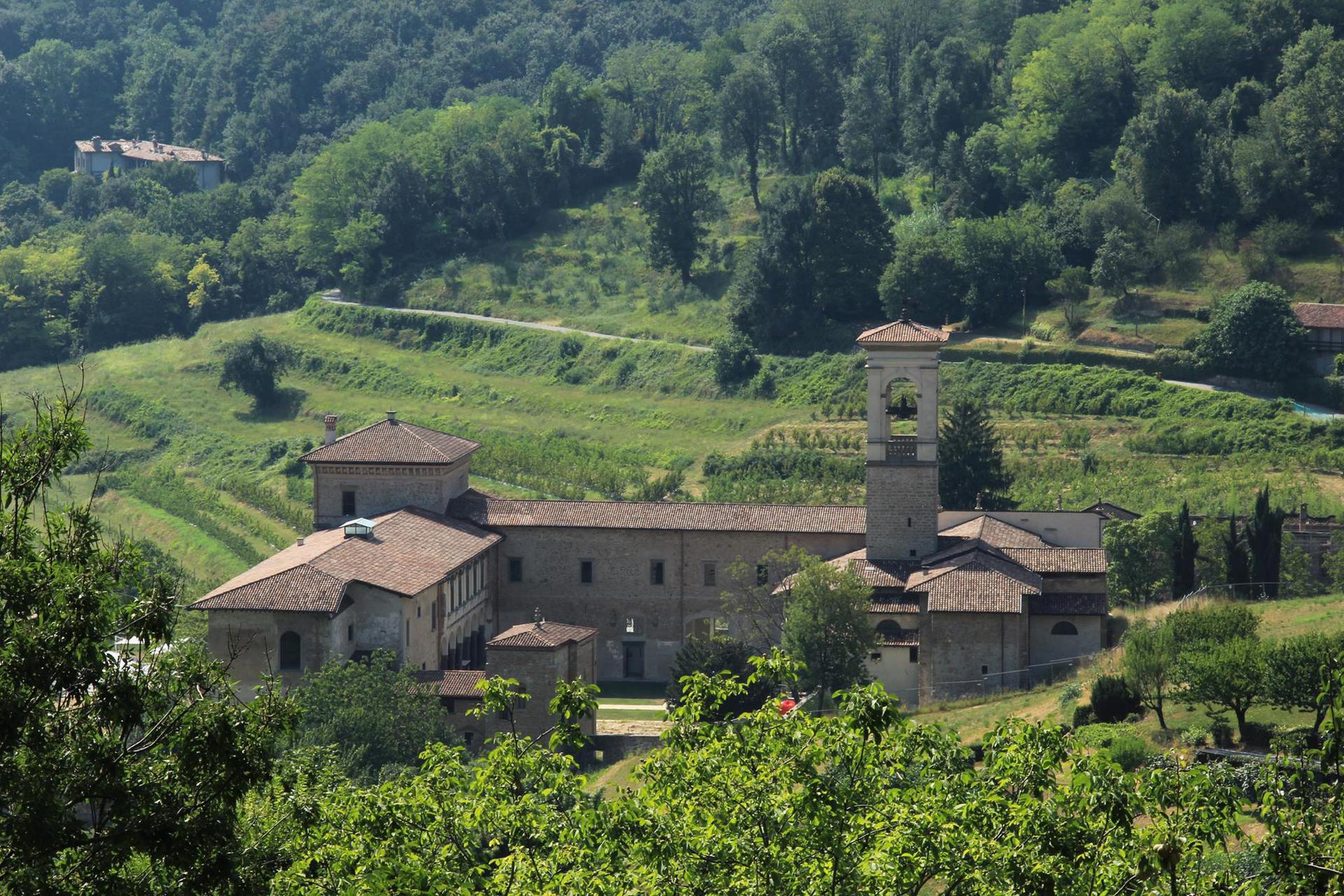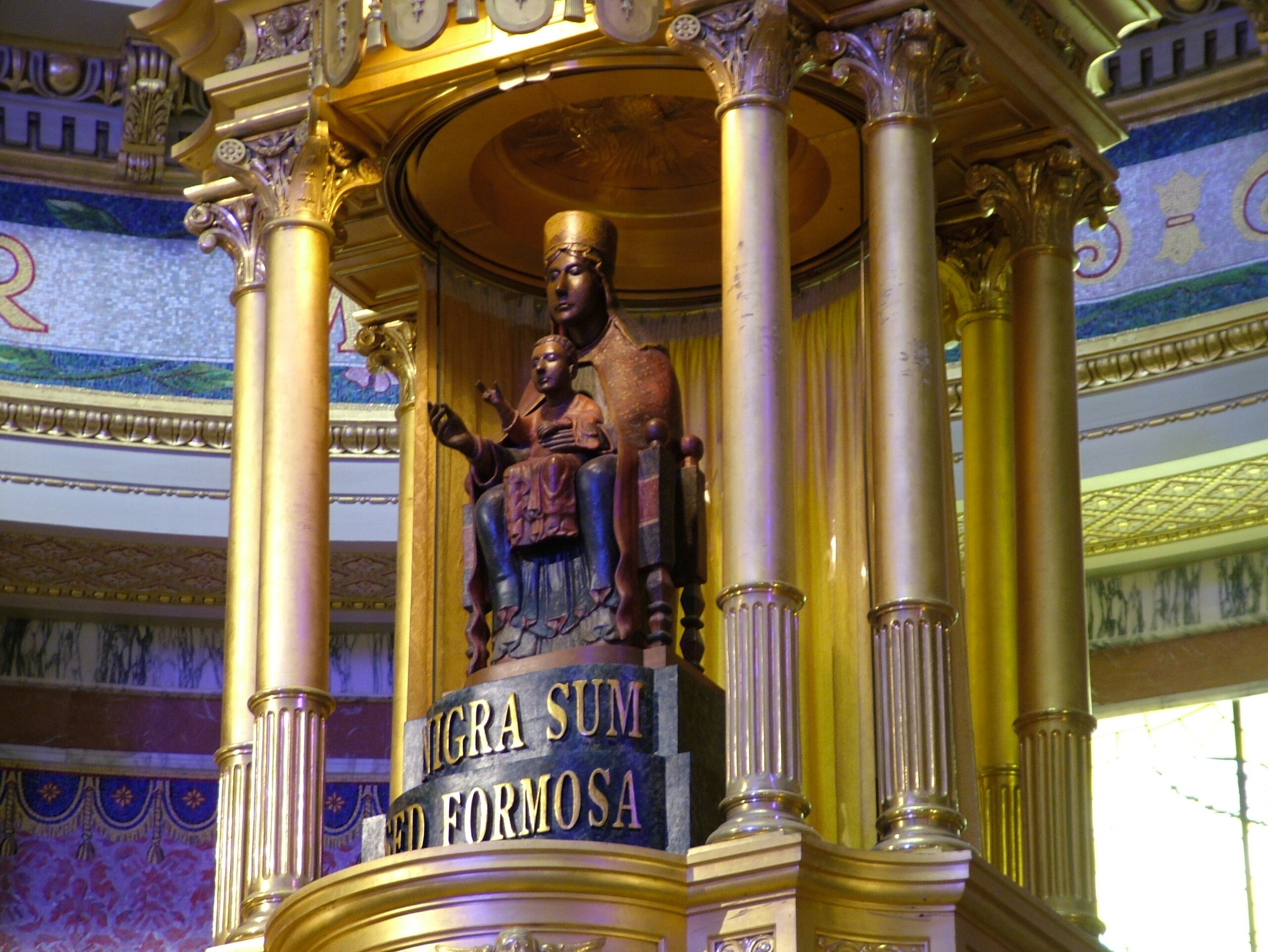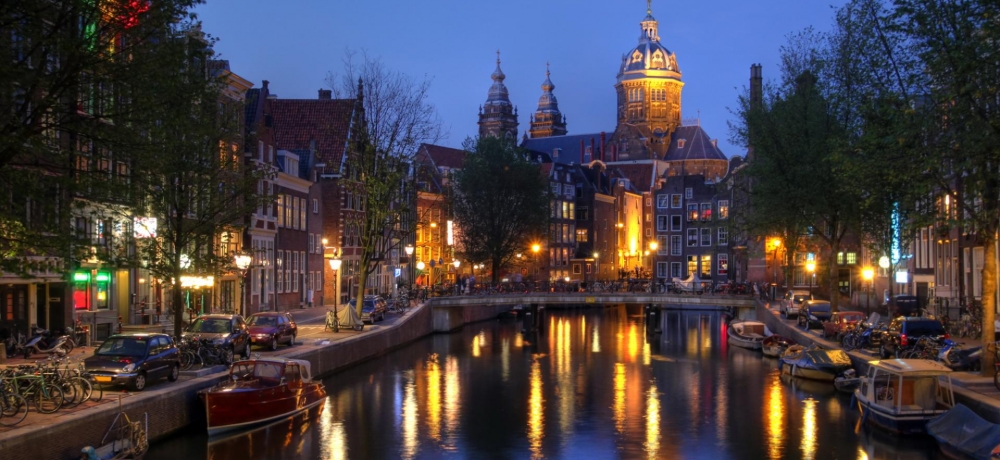Yeni Camii, or the “New Mosque,” in Thessaloniki, Greece, is a remarkable structure that stands as a testament to the city’s diverse cultural and religious history. Built in the early 20th century, the mosque is a fusion of architectural styles, incorporating elements of Ottoman, Byzantine, and even Western influences. What makes Yeni Camii truly unique, however, is its origin as a place of worship for the Islamic followers of a Jewish messiah, Sabbatai Zevi.
Sabbatai Zevi was a 17th-century Jewish rabbi who proclaimed himself the messiah and amassed a large following. When he was eventually forced to convert to Islam under Ottoman rule, many of his followers did the same, becoming a sect known as the Donmeh. Yeni Camii was built to serve this unique community, which practiced Islamic rituals while holding on to some Jewish beliefs.
The mosque itself is an architectural gem, featuring a mix of domes and arches, intricate tile work, and expansive courtyards. The interior is adorned with both Islamic and Jewish symbols, manifesting the unique religious hybridity of its original congregation. Despite its Islamic architectural features, like the minaret and the mihrab (the niche indicating the direction of Mecca), one can also find elements that nod to its Jewish roots.
Located in a city known for its multicultural heritage, Yeni Camii adds another layer to Thessaloniki’s rich tapestry of historical and religious sites. It has survived various political changes and demographic shifts, and today stands as a symbol of religious tolerance and cultural amalgamation.
Although the mosque is not regularly open for worship today, it often hosts exhibitions and cultural events, allowing visitors to explore this unique piece of Thessaloniki’s history. Whether you’re interested in architecture, religion, or the complex interplay of cultures that defines much of the Mediterranean, Yeni Camii offers a fascinating glimpse into a seldom-explored facet of religious history.

